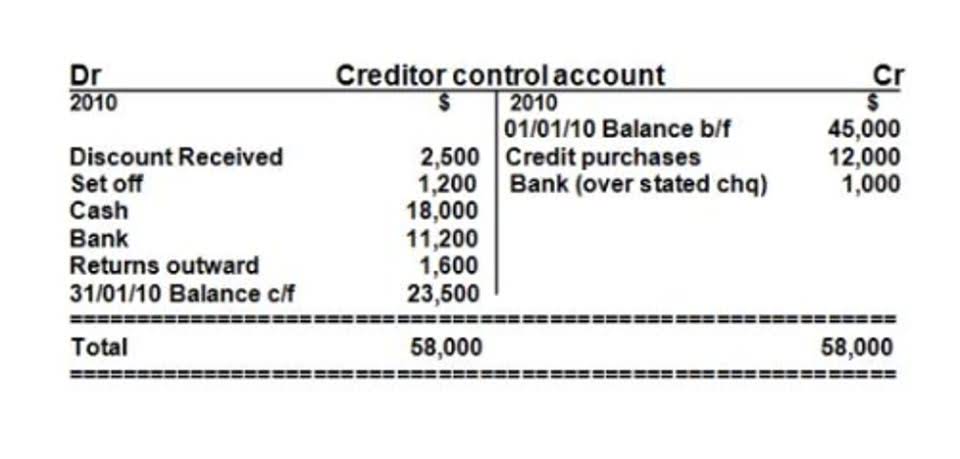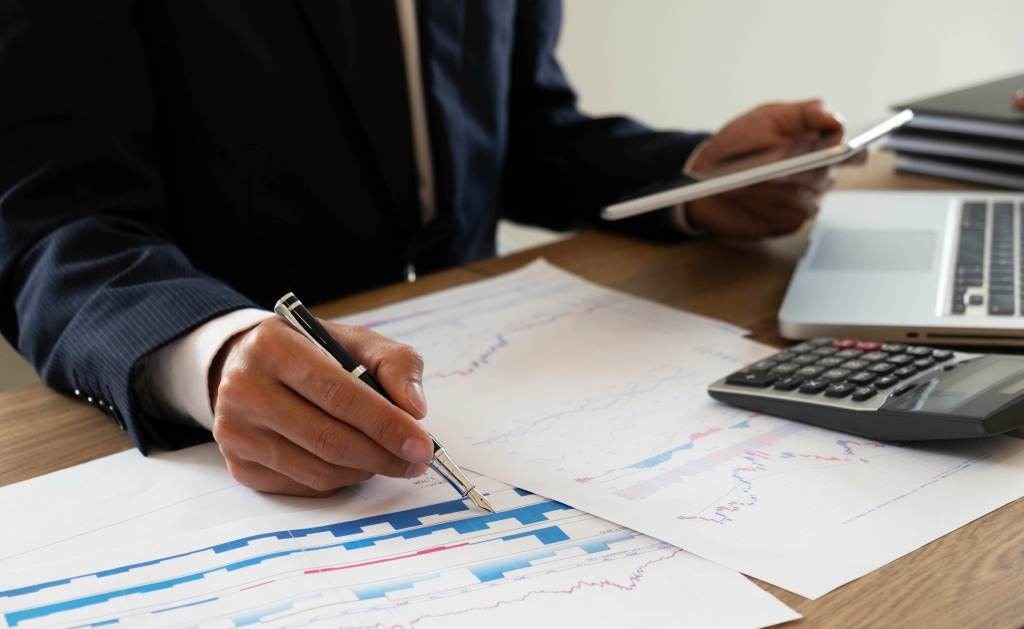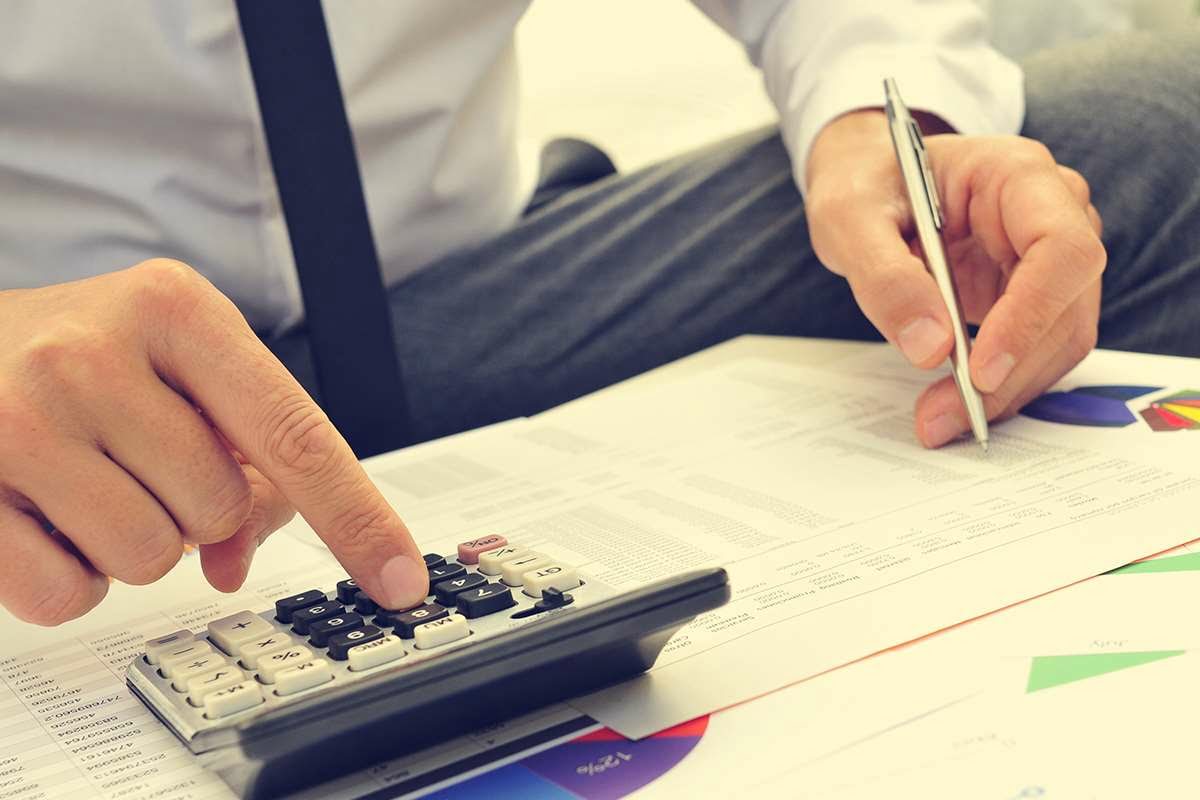Double Declining Balance Depreciation Calculator

With our straight-line depreciation rate calculated, our next step is to simply multiply that straight-line depreciation rate by 2x to determine the double declining depreciation rate. He has a CPA license in the Philippines and a BS in Accountancy graduate at Silliman University. An asset for a business cost $1,750,000, will have a life of 10 years and the salvage value at the end of 10 years will be $10,000. You calculate 200% of the straight-line depreciation, or a factor of 2, and multiply that value by the book value at the beginning of the period to find the depreciation expense for that period. As you use the car or truck, it accumulates wear and tear, as well as mileage. The useful life of a car isn’t very long, especially when being used for business purposes.
Free Course: Understanding Financial Statements
If you’re brand new to the concept, open another tab and check out our complete guide to depreciation. Then come back here—you’ll have the background knowledge you need to learn about double declining balance. By dividing the $4 million depreciation expense by the purchase cost, the implied depreciation rate is 18.0% per year. If the company was using the straight-line depreciation method, the annual depreciation recorded would remain fixed at $4 million each period. Because the equipment has a useful life of only five years, it is expected to lose value quickly in the first few years of use.

Double-Declining Balance (DDB) Depreciation Formula

Instead of multiplying by our fixed rate, we’ll link the end-of-period balance in Year 5 to our salvage value assumption. Since public companies are incentivized to increase shareholder value (and thus, their share price), it is often in their best interests to recognize depreciation more gradually using the straight-line method. However, one counterargument is that it often normal balance takes time for companies to utilize the full capacity of an asset until some time has passed. Insights on business strategy and culture, right to your inbox.Part of the business.com network. Ask a question about your financial situation providing as much detail as possible.
- Since we’re multiplying by a fixed rate, there will continuously be some residual value left over, irrespective of how much time passes.
- The most basic type of depreciation is the straight line depreciation method.
- (You can multiply it by 100 to see it as a percentage.) This is also called the straight line depreciation rate—the percentage of an asset you depreciate each year if you use the straight line method.
- Various depreciation methods are available to businesses, each with its own advantages and drawbacks.
- The rate of depreciation is defined according to the estimated pattern of an asset’s use over its useful life.
Book a demo with our friendly team of experts
- The DDB depreciation method is best applied to assets that lose value quickly in the first few years of ownership, such as cars and other vehicles.
- As the asset’s book value decreases, the depreciation expense also decreases.
- These financial relationships support our content but do not dictate our recommendations.
- Over the depreciation process, the double depreciation rate remains constant and is applied to the reducing book value each depreciation period.
- 11 Financial may only transact business in those states in which it is registered, or qualifies for an exemption or exclusion from registration requirements.
- What it paid to acquire the asset — to some ultimate salvage value over a set period of years (considered the useful life of the asset).
The steps to determine the annual depreciation expense under the double declining method are as follows. Aside from DDB, sum-of-the-years digits and Bookstime MACRS are other examples of accelerated depreciation methods. They also report higher depreciation in earlier years and lower depreciation in later years. FitBuilders estimates that the residual or salvage value at the end of the fixed asset’s life is $1,250. Since we already have an ending book value, let’s squeeze in the 2026 depreciation expense by deducting $1,250 from $1,620.

It’s ideal to have accounting software that can calculate depreciation automatically. By following these steps, you can accurately calculate the depreciation expense for each year of the asset’s useful life under the double declining balance method. This method double declining balance method helps businesses recognize higher expenses in the early years, which can be particularly useful for assets that rapidly lose value. Accelerated depreciation is any method of depreciation used for accounting or income tax purposes that allows greater depreciation expenses in the early years of the life of an asset. Accelerated depreciation methods, such as double declining balance (DDB), means there will be higher depreciation expenses in the first few years and lower expenses as the asset ages.


